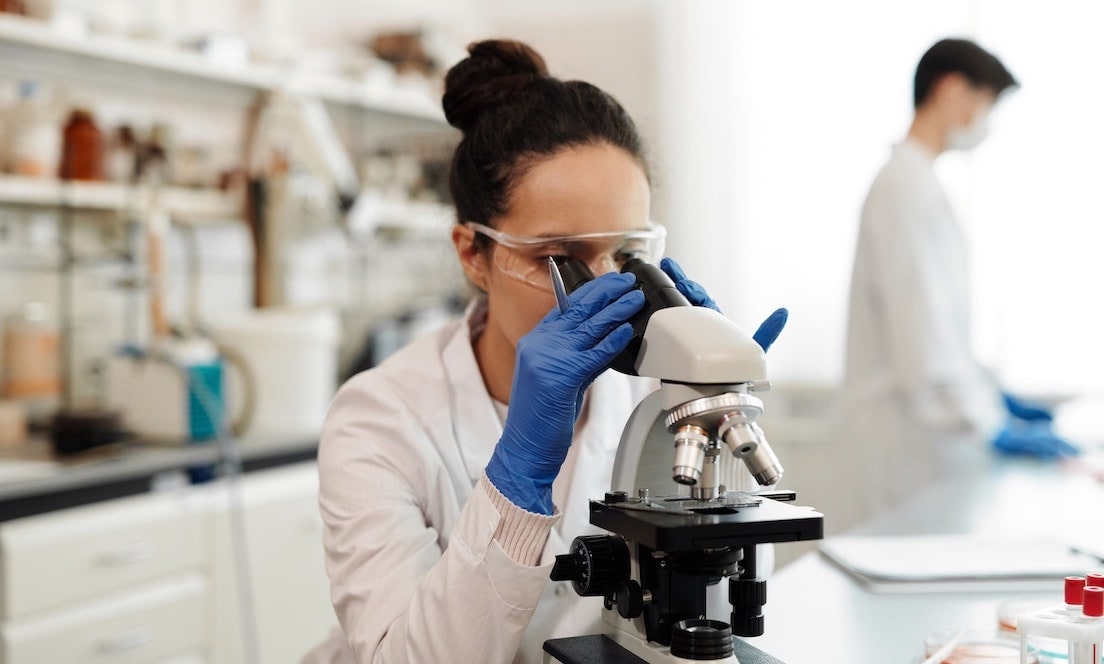Search:
Categories
Archives
Genetics and cancer
- CURIA
- Gen, 25, 2022
- Informed Patient
- Commenti disabilitati su Genetics and cancer

The fact that genetics is considered to play a strong role in causing cancer is only partly true. Definitely around 5 to 10 percent of cancers are genetic1, that is they are caused by inherited genes. However, the rest of the cancer are caused by non-hereditary factors such as ageing and exposure to tobacco, alcohol, smoking and radiation such as ultraviolet rays from the sun.
Myths about genetic cancers
The common myth about genetic cancer is that if you have inherited a cancer-carrying gene from your parents, then you are at risk for cancer. However, as mentioned earlier, even if you have inherited such a gene, there is only a 50% chance of your getting cancer. Here again, it has been established through studies that only 5-10% of cancers are inherited through genes.
For example, if there is a history of prostrate cancer in a male above the age of 80 that means it is age-related and not genetic. Then again, if you have more than one family relative who smokes suffering from lung cancer then it is not because it is genetic but because of the exposure to smoking.
The percentage of occurrence of genetic cancer notwithstanding, the good news is you can decrease the risk factor of cancer by leading a healthy and active lifestyle, keeping weight in check, eating healthy, and avoiding smoking, tobacco and alcohol.
How various types of cancer are inherited – Family cancer explained
An inherited faulty gene also called gene mutation can increase your chances of getting cancer. But such an occurrence is rare. For, a majority of cancers are caused because of a combination of chance and environment, and not necessarily a faulty gene.
You inherit genes from your parents and almost all the cells have it. However, at times, either a gene stops working or works even when not needed, leading to abnormal changes in the cell called gene mutation. This gene becomes faulty and if such a cell is present in the egg or sperm cell, which creates the child, it transfers to every cell of the child and gets passed on to the next generation.
Every child inherits one gene from each parent. If one of the inherited genes are abnormal and the other isn’t, still there is no risk of the child getting cancer if the other gene is working normally. However, if that’s not the case and the other gene is not working at all or working normally, then there is a likelihood of cancer, especially if the gene is the tumour suppressor gene.
The function of a tumour suppressor gene is to prevent the cell from dividing too quickly and when the faulty gene is present in the tumour suppressor gene, it is not able to function properly and that is when cancer happens.
Risk factors for genetic cancer
There are certain causes for concern for genetic cancers. If a distant relative has cancer it is not so worrisome than if a close relative has one because it increases your risk for cancer. So is having two relatives on the same side of the family who have cancer. And the risk factor is more if both these relatives have the same type of cancer. Another cause for concern is the age of the relative afflicted with cancer. A case in point is the occurrence of colon cancer which is rare to find in a person younger than 30 years of age. But if you have a relative younger than 30 who has colon cancer that could be an inherited cancer.
Similarly, there are certain cases which indicate red flags for genetic cancer such as:
- Many relatives having the same type of cancer.
- A family member having more than one type of cancer, such as breast as well as ovarian cancer.
- If cancer is detected in both pairs of the same organ such as eyes, kidneys and breasts.
- If cancer is detected in siblings during childhood such as sarcoma.
- If cancer occurs in generations such as grandmother, mother and daughter.
- If a cancer that usually occurs in the other sex is diagnosed, such as breast cancer in men.
Likelihood and preventive measures
The possibility of having a cancer is about one of three people in the United States.2 If there are more than one case of cancer in the family, there is a probability that it may be due to exposure to a common risk factor such as smoking.
There is no specific guideline for preventing genetic cancer but there are some general guidelines for the same. Cancer prevention is possible with dietary and lifestyle changes. Dietary changes include having plenty of fresh fruits, vegetables, whole grains and also limiting the intake of meat, processed foods, refined sugars, fat, etc. Also pertinent for a healthy lifestyle is to give up smoking, alcohol and tobacco. Lifestyle changes include leading an active lifestyle by either gymming, walking or playing sports. The key is to maintain a healthy weight and not accumulate fat. Protecting oneself from the harmful ultraviolet rays of the sun is also important. Another preventive measure is being vaccinated for Hepatitis B and Human Papillomavirus (HPV). To further reduce the risk of cancer it is advisable to practise safe sex and not share needles. 3 Apart from following all these preventive measures it is important for people above the age of 35 to regular undergo routine annual health check-ups and pap smear once every 5 years to rule out the occurrence of cancer. For if cancer is detected early, there are more chances of its successful treatment.
Riferimenti:
